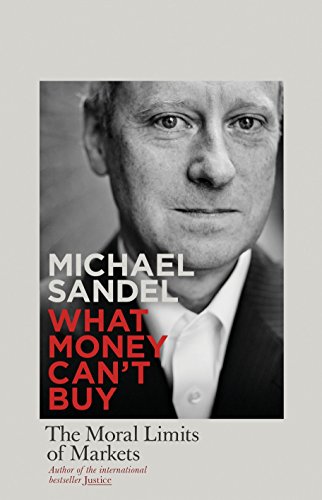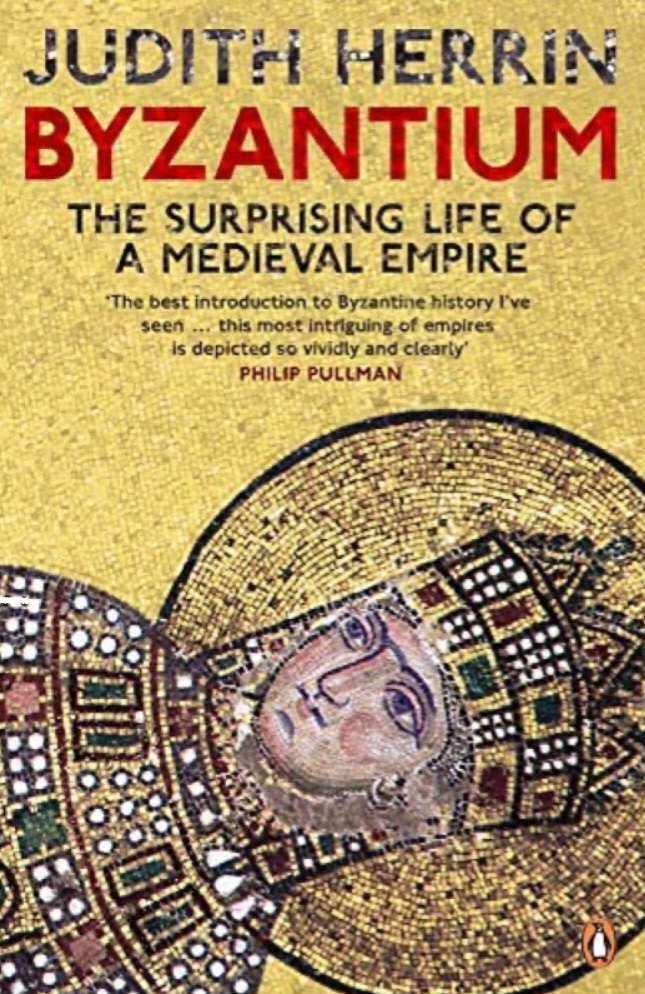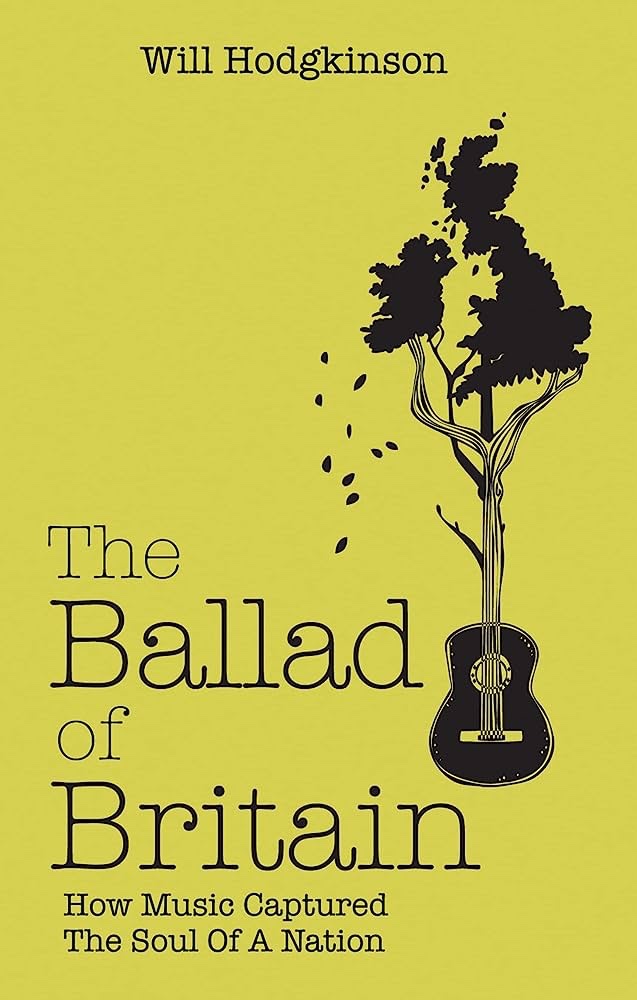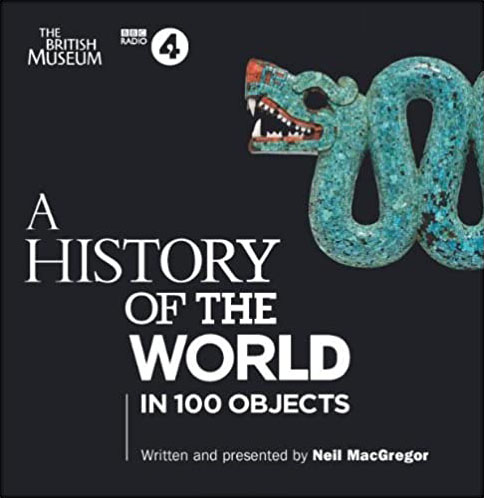‘The best ideas of the Beats remain as bracing, spirited, and subversive as in their heyday.’
My title for this review is Sterritt’s closing line, and I’d have to say I concur. In this very brief survey of the Beats, David Sterritt ranges over everything from the roots of Beat culture to its legacy, focussing in particular on the literary movement, via a glance over the novels, poetry and key authors and events. The links to other areas of artistic production, particularly music, painting and film are all of interest, but dealt with so briefly that it is a little frustrating. But, hey, that’s in the nature of this ‘Very Short Introduction’ series.
Actually, given the very tight constraints of space, Sterritt packs a lot in. Some of it smacks a little of tokenism, as for example with the desire to include African American and female authors. I’m not saying these writers aren’t connected in the valid ways Sterritt puts forward, it’s just that I don’t see them as core Beat figures, and devoting space to them removes room for other material. Then, in addition to these moments of ‘inclusiveness’, there are the inevitable omissions or lacunae. Jazz singer Mark Murphy, and singer-songwriter Tom Waits, at least in his first decade or so (and even after that, albeit in a modified manner), are two great ‘men out of time’ Beats, for my money. Both Murphy and Waits have recorded specifically Beat material, and even, at times, endeavoured to live out a Beat lifestyle.
It’s also worthy of note, I believe, that Kerouac literally wept over the disinterest of the horn players at his jazz/spoken word sessions, which, frankly (and I love a lot of both Kerouac and jazz) aren’t terrifically successful; Waits, on the other hand, has recorded loads of great recitative poetry with jazz-backing, effectively realising what Kerouac was originally going for, only far more successfully. One example of the latter being the superb ‘Jack & Neal’, on Waits’ superlative foreign Affairs album, which, like several of his earlier albums, is practically the Beat vision realised in musician terms.
As a lover of many things Beat, it was fun to read this book and be reminded of a former self, and to be inspired to go back to some stuff I’ve read before, and read it again, or to explore some of the stuff I missed out on in my own ‘Beat’ days: I’ve always meant to but never got around to reading John Clellon Holmes novel Go. Must do it! Some of the stuff Sterritt covers, for example the Carr/Kammerrer story (which revolves around sex, obsession and death), was something I only learned about relatively recently, when the excellent Kerouac/Burroughs collaboration – apparently unfinished, acc. to Sterritt; tho’ I don’t recall attention being drawn to this in the book when I read it, and I read the peripheral stuff as well – And The Hippos Were Boiled In Their Tanks was published. This interesting chapter in Beat history finally came out only after an injunction put in place by Carr (or his estate) lapsed.
For me another essential contradiction in the Beat mindset or lifestyle, in addition to the introvert/extrovert one (as alluded to above, in Sterritt’s concluding remark that provides my title), and at the root of some of the sniffy reactions to Beat writing – Truman Capote famously dissed OTR, saying it wasn’t writing, but merely typing – is that between the intellectual and the physical, for want a better expression of duality or polarity. Kerouac himself was very much a tortured incarnation of this potentially troublesome bi-polarity, being both the literary ‘jock’ and Catholic Bhuddist. Neal Cassady certainly embodied the latter, the ‘cowboy crashing’, as Gary Snyder puts it, but, and I think this is crucial, Kerouac also saw an innate intellect in Ginsberg’s ultra-physical ‘cocksman and Adonis of Denver’, describing one of Neal’s epic letters as ‘the greatest piece of writing I ever saw’. And as is clear in On The Road, one of the best known products of Beat writing and culture, Kerouac sensed from very early on that, in Sterritt’s synopsis ‘the Beat ideal is unattainable’.
Whilst there was a present and future focus of sorts and in parts of the Beat zeitgeist, certainly in Kerouac there was also a backwards looking, elegiac side, and I don’t think Sterritt really addresses this, although he does address much of both what is good and bad about the Beats, their work, and the culture it sprang form, and continues to influence. Returning briefly to the musical links, the role of jazz in the formation of the Beat aesthetic is covered well, but it was disappointing to hear, on the other side of the coin, in discussing Beat culture as a source for new music, only of Burroughs’ connections with punk, Laurie Anderson, and Tom Waits: I love the Spare Ass Annie recordings he made with The Disposable Heroes of Hip-Hoprisy! And rather as Waits succeeded where Kerouac often didn’t, in joining his words with jazz, I think Spare Ass Annie is a more successful presentation and collaboration than is the Waits/Burroughs album. I say this as a massive fan of both of the latter; but even Burroughs himself concedes that some creative experiments come off better than others, admitting that some of his own writing is ‘unreadable’.
When it comes to the Beats and film, Sterritt mentions and quotes from the superb documentary ‘Whatever Happened To Jack Kerouac?’ If Tom Waits first decade of recording is the Beat vision realised musically, then this film is the Beat vision, specifically regarding Kerouac in particular, realised as documentary. Similar but different would be Bruce Weber’s Let’s Get Lost, a dreamy biopic of Chet Baker. What the latter has in common with the former is the powerful evocation of a mood that is also part of the charm of the artist they depict. The Kerouac biopic – essential viewing for all true connoisseurs of Beat culture in my view – also succeeds incredibly well in invoking a time and place, indeed, a whole culture, that Kerouac was eulogising as it disappeared in the rear-view mirror.
I’ve still yet to see Robert Frank’s Pull My Daisy, the only ‘truly’ Beat movie. I suspect Youtube will oblige! Ironically I suspect that, like his celebrated photo-journalist work Americans, which has a foreword by Kerouac, and is mentioned here, it might disappoint. Sterritt also mentions a number of movies made about the Beats, from George Peppard toting a sax in the Hollywood schlock reading of The Subteranneans (in which the female lead is changed from black to white) to Cronenberg’s ‘lumbering’ Naked Lunch. I don’t agree with all his appraisals – I like Heart Beat, and found the 2010 film Howl worthy and interesting but but ultimately unsatisfactory – and tend to feel that given the potential for great Beat movies, the era is ill-served, parody being the norm and serious treatments the exception.
According to Sterritt the Beats themselves yearned to realise ‘Hollywood magic … free of Hollywood commercialism.’ The wait goes on! In the meantime we must look elsewhere! And here one might think of the international legacy of the beats: what could be more Beat than some of Wim Wenders’ movies? Whilst Sterritt briefly addresses the notion of the Beat influence as a global phenomenon (via a William Burroughs quote from ‘Whatever Happened To Jack Kerouac?’) he doesn’t get much further than that. I’d argue that Wenders movies like Kings Of The Road and Paris Texas are Beat film making par excellence, as are some Jim Jarmusch films, such as Stranger than Paradise and Down By Law.
For such a short book I guess I’ve written a rather long review! I guess that just shows that the Beats still mean a lot to me. I hope this well-written and interesting book, for all that it can’t cover very much of what is a large subject, helps inform and enthuse others, because, for all that went wrong, whether it be Kerouac’s tragic descent into alcoholism and apron-string Catholicism, or ‘Bull’ Lee’s fatal shooting of his common-law wife – allegedly during a ‘William Tell routine’ – the best of the art and ideas of the Beats do indeed remain as bracing, spirited, and subversive as in they were their heyday.


















